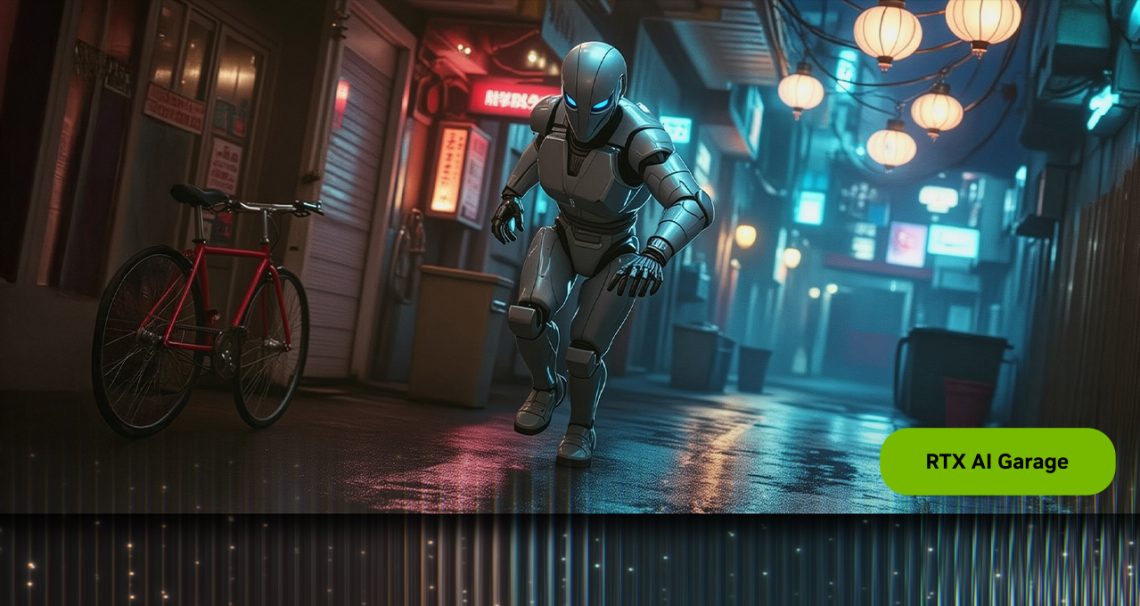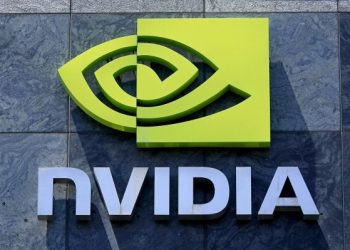NVIDIA AI Blueprints speed up 3D workflows
NVIDIA AI Blueprints are redefining the way 3D artists create, prototype, and refine digital environments. Traditionally, scene prototyping required modelers to produce placeholder assets, an often tedious and time-consuming process. Now, with the new AI Blueprint for 3D object generation, artists can generate up to 20 objects from a simple text prompt, dramatically cutting down wasted effort.
The system is powered by NVIDIA RTX GPUs and integrates Microsoft TRELLIS NIM microservice, which accelerates asset generation by 20% compared to native models. This allows creative professionals to focus on artistic exploration instead of repetitive modeling.
Generating 3D objects with ease
The workflow begins with a simple prompt. The built-in large language model suggests up to 20 possible objects for a scene. A text-to-image framework provides high-resolution previews, giving artists full control to regenerate, modify, or delete assets. Once satisfied, the Microsoft TRELLIS NVIDIA NIM microservice converts previews into ready-to-use 3D models, optimized for Blender and other applications.
By streamlining this process, NVIDIA AI Blueprints reduce technical barriers, packaging proven workflows that would normally take days of setup. For freelancers and studios generating hundreds of objects, the time savings are extraordinary.
Read Also
- ASML Mistral AI Investment
- Gears of War Reloaded Launches on GeForce NOW
- RTX AI Garage: Remix Creativity
Microsoft TRELLIS integration
Microsoft TRELLIS, developed by Microsoft Research, is capable of generating detailed 3D objects with complex textures and shapes from either text or image prompts. Its PyTorch optimizations enable faster iteration, saving about six seconds per object on an NVIDIA GeForce RTX 5090 GPU.
Supported on NVIDIA RTX 40 and 50 Series GPUs with 16GB or more memory, TRELLIS helps accelerate workflows across gaming, architecture, and digital media. By integrating seamlessly within the blueprint, it unlocks performance gains that were previously difficult for individual artists to achieve.
From idea to deployment
Getting started is straightforward: load the blueprint, enter a prompt such as “night market,” and review the 20 automatically generated previews. Artists can regenerate, edit, or discard objects before converting them into 3D models. With export functionality to Blender, refinement and customization are only a step away.
The NVIDIA AI Blueprints ecosystem goes beyond this single workflow. Other blueprints, such as AI-guided generative design, are available to help creators in multiple industries accelerate ideation. Together, they represent NVIDIA’s commitment to empowering content creators with AI that boosts creativity and efficiency.
By merging performance, flexibility, and user-friendly pipelines, NVIDIA has delivered a toolset that redefines 3D prototyping. For artists, developers, and designers, the ability to populate scenes at scale marks a transformative leap in digital creation.








